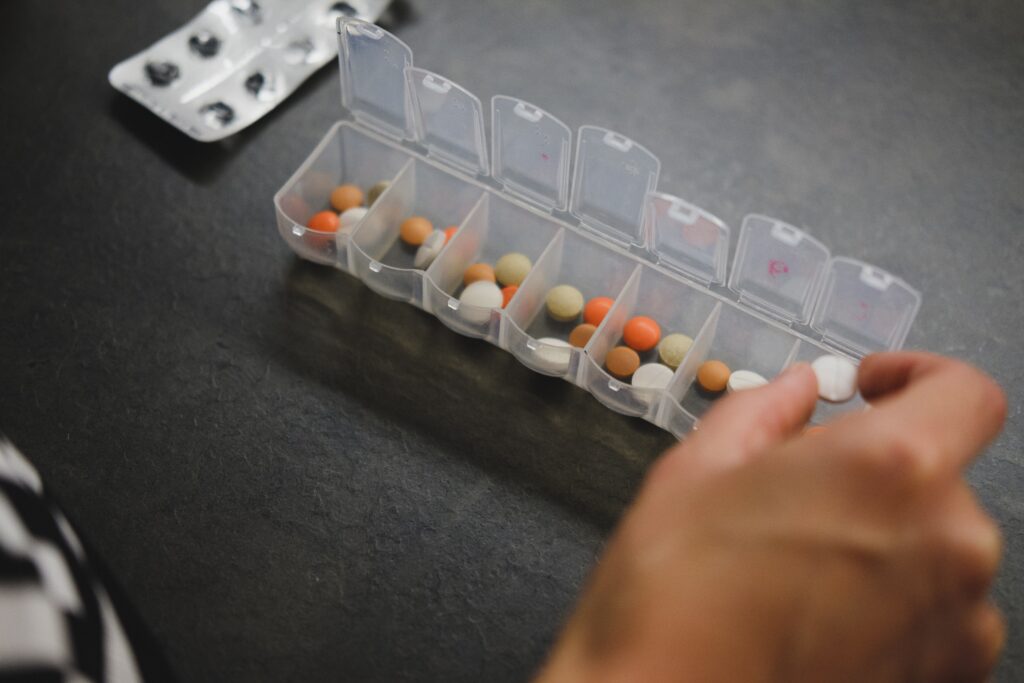With the use of technology, mental health for seniors has improved significantly. This advancement allows physicians to monitor patients remotely and provide virtual care, thus reducing the need for in-person visits and keeping seniors safe in their homes. In particular, remote patient monitoring (RPM) and telehealth have been highly effective in enhancing health outcomes for seniors, who are at increased risk for depression, anxiety, and other mental health issues.
Remote patient monitoring involves the use of technology to track a patient’s health and wellness from a distance. This includes monitoring vital signs, tracking medication adherence, and collecting data on symptoms or changes in health status. On the other hand, telehealth utilizes technology to offer virtual care, such as video consultations with healthcare providers.
Together, these technologies work synergistically to provide comprehensive care for seniors with mental health conditions.

How RPM and telehealth can improve mental health for seniors
1. Increased Access to Care
One of the biggest challenges facing seniors with health conditions is access to care. For many seniors, leaving their homes can be difficult, traveling to appointments is a challenge, or they may live in areas with limited access to health services. Fortunately, remote patient monitoring and telehealth can help address these barriers by providing virtual access to health professional.
Telehealth consultations can be conducted from the comfort of a senior’s home, which reduces the need for travel and eliminates the stress of leaving the house. This approach is particularly beneficial for seniors with mobility issues or cognitive impairments, as it allows them to receive care without the added difficulty of traveling.

2. Early Detection of Mental Health Issues
Remote patient monitoring can help detect health issues before they become severe. By monitoring changes in mood, behavior, and other symptoms, healthcare providers can identify mental health issues early and intervene before they escalate. This approach is crucial for seniors with cognitive impairments, who may not be able to communicate their symptoms effectively.
3. Improved Medication Adherence
Remote patient monitoring can also help improve medication adherence in seniors with health conditions. By tracking medication use and providing reminders, healthcare providers can ensure that patients take their medications as prescribed. This is particularly important for patients who suffer from depression, anxiety, or other mental health conditions that require ongoing medication management.

4. Enhanced Social Support
Seniors with health conditions often benefit from social support, which can help reduce feelings of isolation and loneliness. Remote patient monitoring and telehealth can provide seniors with virtual access to support groups, peer counseling, and other resources. This translates into significant benefits for seniors who live in rural areas or who have limited social support in their communities.
5. Reduced Stigma
Finally, remote patient monitoring and telehealth can help reduce the stigma associated with health conditions. By providing virtual access to mental health services, seniors can receive care in a private and confidential setting. This, in turn, helps to reduce feelings of shame or embarrassment and encourages seniors to seek the care they need.
In conclusion, remote patient monitoring and telehealth have the potential to significantly improve the mental health of seniors. By providing increased access to care, facilitating early detection of mental health issues, and improving medication adherence, these technologies offer substantial benefits. Additionally, they enhance social support and reduce stigma, all of which contribute to helping seniors with mental health conditions live healthier and more fulfilling lives.




2 responses to “Boosting Seniors’ Mental Health with RPM”
Focusing on seniors’ mental health is so important. Thanks for highlighting this topic!
Absolutely Brandie! Seniors’ mental well-being deserves attention, and RPM can make a real difference.